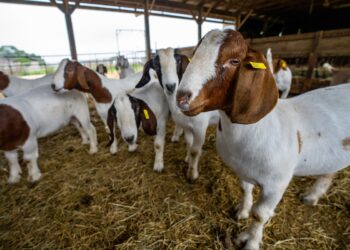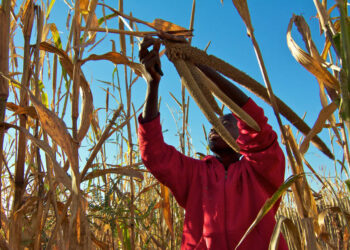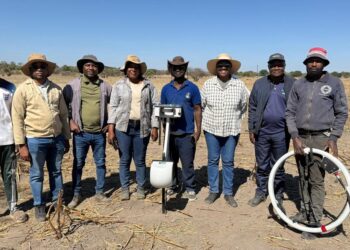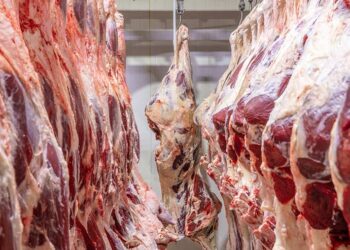
The Meat Board of Namibia says a total of 151,808 cattle were exported during 2023, 8.73% more than what was exported in 2022.
According to a report released by the board, during December, live exports increased 57.46% from the 15,902 heads exported during the previous month. When compared to 2022, live exports were 15.64% lower.
“Live cattle, which are predominantly weaner, were exported to South Africa, Angola, Zambia and Zimbabwe,†the report read.
The report indicates that weaner prices rose by N$3.58 per kg, going from N$27.11 per kg in November to N$30.6 per kg in December. In the northern Veterinary Cordon Fence (nVCF), Tollies prices increased by 33.87%, and export abattoirs processed 48.15% more than in 2022.
Cattle sales typically decrease during the festive season as there is less activity in both slaughter and live exports.
In December, live exports saw a significant drop of 57.46%, down from the 15,902 heads recorded in November.
“95% of cattle, predominantly weaners, were exported to South Africa, 4% to Angola and the remaining 1% were split between Botswana and Zimbabwe. The majority of cattle exported to South Africa went to feedlots, whereas exports to the rest of SADC were exported for farming breeding) purposes,†the Meat Board report said.
Furthermore, the report also states that export abattoirs experienced a decrease in activity in December because of holiday closures. The number of cattle slaughtered at export abattoirs dropped by 34.50% during this period.
“Although slaughter dropped on a month-to-month basis, it is 37.14% higher than it was two years ago and 16.24% higher than it was a year ago. Cattle slaughtered at export abattoirs are expected to increase during 2024, due to the Resumption of slaughter at Rundu abattoir,†said the report.
Simultaneously, for 2023, pork offal continued to dominate, constituting 64% of total pork imports, followed by pork cuts at 19.60%, and processed pork at 14.65%.
The largest share of pork imports in December can also be attributed to Pork Offal, totaling over 255 tonnes. This marked a 0.78% increase compared to the import figures in November.
Meanwhile, 45,292 pigs were slaughtered at local abattoirs in 2023, which is 2.24% less than what was slaughtered in 2022. Of the pigs, 3,924 were slaughtered during December, growing 1.68% monthly from the previous number of 3,859 heads slaughtered in November.
“This is 5.14% more than what was slaughtered during the same month last year. 2023 has also noted live exports of pigs during months May and December, which totaled 198 pigs being exported to Angola only,†the report reads.
To counter the negative impact of the decreasing Red Meat Abattoir Association (RMAA) pork price, the Pork Ceiling Price has been set at N$51.03 per kg as a mitigation measure says the report, the calculated pork ceiling price decreased by N$2.08/kg compared to the previous month of November.
“The expectations were for prices to trend a little higher during the festive season due to seasonal demand and then ease post-festive, however, prices trended lower and are expected to continue on that path over the following months,†the report reads.
It is further reported that there is a growing demand for Namibian sheep breeds in Southern Africa, as evidenced by a 41.29% increase in total exports in 2023 compared to 2022.
Specifically, live exports to South Africa rose by 41.18%, and exports for farming purposes to Angola, Botswana, Zimbabwe, and Zambia surged by 174.05%, 21.18%, 1,181.82%, and 229.87%, respectively.
However, on a month-to-month basis, sheep live exports declined by 32.60% from 43,038 heads to 29,009 heads. Additionally, producer prices in both Namibia and South Africa declined from month to month.
The report also states that in December, the export of live goats increased significantly by 42.98%, meaning a total of 17,710 heads were exported, mainly to South African feedlots, representing only a 5.33% increase compared to the same month last year.
Auction prices also increased across all categories, with Goat Kapater witnessing an 11.74% increase in prices, reaching the highest price received during 2023, but remaining 0.8% lower than the average price received in 2022 the report says.











